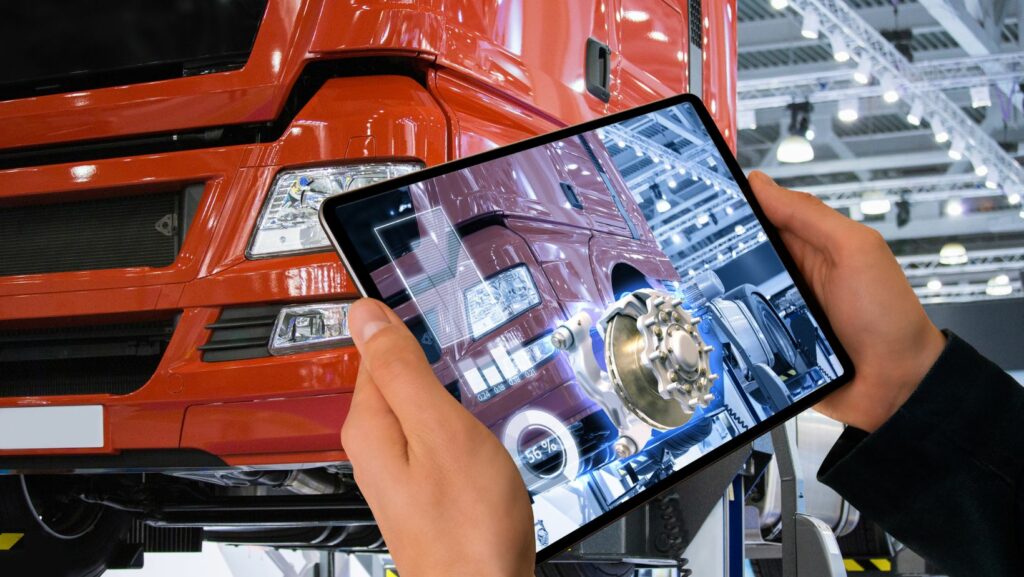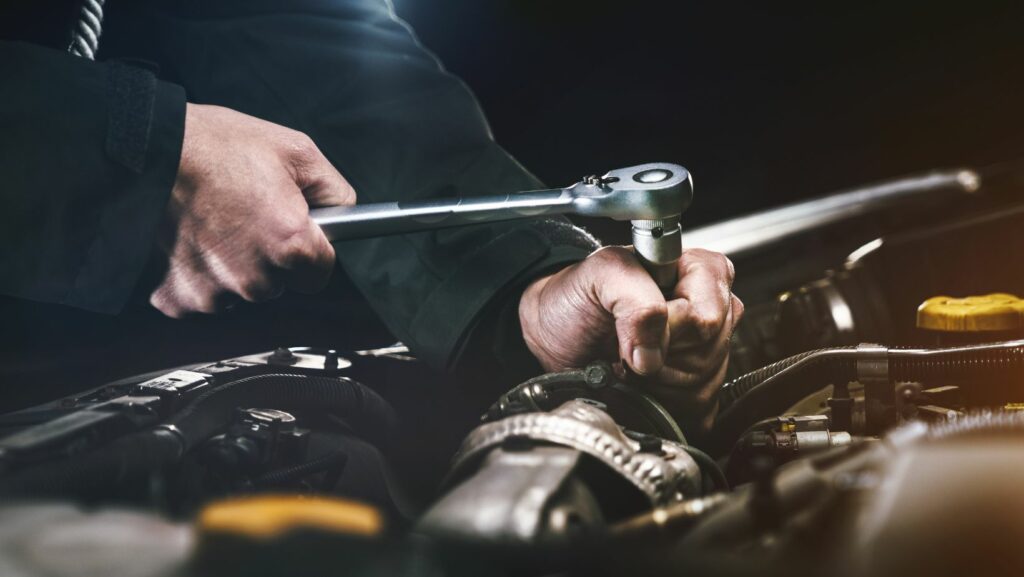Maintaining a vehicle requires regular repairs and replacement of parts to ensure optimal performance and safety. Whether you own a car, truck, or SUV, knowing how to find high-quality parts is essential to keeping your vehicle in top condition. However, with so many options on the market, locating reliable and durable parts can sometimes feel overwhelming. Fortunately, by following a few key strategies, you can easily find the right parts that will serve your vehicle well. Here’s how to ensure you get the best quality parts for your vehicle.
Start by Researching Reputable Suppliers
One of the most important steps in finding high-quality parts for your vehicle is identifying reputable suppliers. Whether you’re looking for a specific brand or a type of part, choosing the right supplier can make all the difference in the longevity and performance of the replacement part. A reputable supplier not only provides quality parts but also offers transparency about warranties, return policies, and product authenticity.
Many suppliers operate both locally and online, allowing you to access a wide range of options. For example, the folks at ShorelineTruckParts.com are known for offering a comprehensive selection of truck parts that meet high-quality standards. When researching potential suppliers, check customer reviews, testimonials, and ratings to see how satisfied other customers are with the parts they’ve received. Reputable suppliers will also be willing to provide detailed information about the parts they sell, helping you make an informed decision.
Choose Between OEM and Aftermarket Parts
When it comes to replacement parts, you typically have two options: Original Equipment Manufacturer (OEM) parts or aftermarket parts. Both options have their own benefits and drawbacks, so it’s important to understand the differences between them before making a purchase.
OEM parts are made by the vehicle’s original manufacturer and are designed to fit and function exactly as the parts that came with your vehicle. Because of this, OEM parts tend to be more expensive, but they offer guaranteed compatibility and quality. OEM parts are ideal if you want to maintain your vehicle’s original performance and avoid potential risks associated with lower-quality parts.
Aftermarket parts, on the other hand, are produced by third-party manufacturers. While some aftermarket parts can be of excellent quality and offer more affordable options, others may vary in terms of durability and fit. When buying aftermarket parts, it’s crucial to buy from reputable brands that are known for producing reliable products. Some aftermarket parts can even outperform OEM parts, particularly when it comes to upgrades or specialized performance components.

Weighing the pros and cons of OEM and aftermarket parts will help you make a choice that aligns with your budget and the specific needs of your vehicle.
Verify the Part’s Compatibility with Your Vehicle
Before purchasing any vehicle part, you must ensure that it is compatible with your make and model. Not all parts fit every vehicle, and even slight variations in year, trim level, or engine type can affect compatibility. Incorrectly sized or incompatible parts can lead to performance issues, cause additional damage, and waste time and money.
Most suppliers and manufacturers offer tools or guides on their websites to help you verify part compatibility. All you need is your vehicle’s identification number (VIN), year, make, and model. If you’re unsure about whether a part will fit your vehicle, it’s always a good idea to contact the supplier directly. They can provide you with precise information and recommend the right product.
Don’t Forget to Check for Warranties and Guarantees
When purchasing high-quality parts for your vehicle, checking the warranty or guarantee is essential. Warranties provide peace of mind, ensuring that if something goes wrong with the part within a specified period, you’ll be able to replace or repair it without additional costs. Most reputable suppliers offer warranties on their parts, especially for major components like engines, transmissions, and braking systems.
The terms of the warranty can vary depending on the part and the manufacturer. Some parts may come with limited warranties, while others may offer extended coverage. Be sure to read the fine print, including what the warranty covers (such as defects, wear and tear, or workmanship), how long it lasts, and whether it includes labor costs. A solid warranty indicates confidence in the quality of the part, giving you more assurance that the product will last.
Shop Around for the Finest Price
While it’s essential to prioritize quality over cost, it’s also smart to shop around for the best deal on high-quality parts. Prices for the same part can vary from one supplier to another, so take the time to compare prices across multiple platforms. However, be cautious of deals that seem too good to be true, as extremely low prices may indicate counterfeit or low-quality products.
When comparing prices, consider shipping fees, taxes, and potential discounts for bulk purchases. Some online suppliers offer promotions or discount codes, which can make a significant difference, especially for costly parts. It’s also worth asking if there are any available financing options if you’re purchasing more expensive components.
Consult a Mechanic or Professional
Even if you’re confident in your ability to find the right part for your vehicle, consulting a mechanic or auto repair professional can save you time and prevent costly mistakes. Mechanics can offer insight into the best brands, part durability, and even potential upgrades that could improve your vehicle’s performance. They can also confirm whether the part you’ve selected is compatible with your vehicle and meets the necessary quality standards.

If you’re not comfortable installing the part yourself, a professional can handle the installation and ensure that everything is functioning correctly. This not only saves you time but also ensures that the part is properly installed, reducing the risk of future issues.
Look for Customer Support and Return Policies
Reliable customer support is a valuable resource when purchasing vehicle parts, especially if you have questions about the part’s specifications, installation, or compatibility. Choose suppliers who offer easily accessible customer service through phone, email, or live chat. This allows you to quickly resolve any issues or get expert advice before making your purchase.
Make sure to review the supplier’s return policy. In case the part isn’t the right fit or doesn’t meet your expectations, you’ll want to know the steps required for returns or exchanges. A clear and fair return policy demonstrates the supplier’s commitment to customer satisfaction.
Finding high-quality parts for your vehicle doesn’t have to be a challenging process. By researching reputable suppliers, verifying part compatibility, and understanding the differences between OEM and aftermarket options, you can confidently choose parts that will enhance your vehicle’s performance and longevity. Remember to check warranties, compare prices, and seek professional advice when needed to ensure you’re making the best investment for your vehicle. Whether you’re replacing a single part or upgrading multiple components, taking the time to find the right solution will pay off in the long run.





